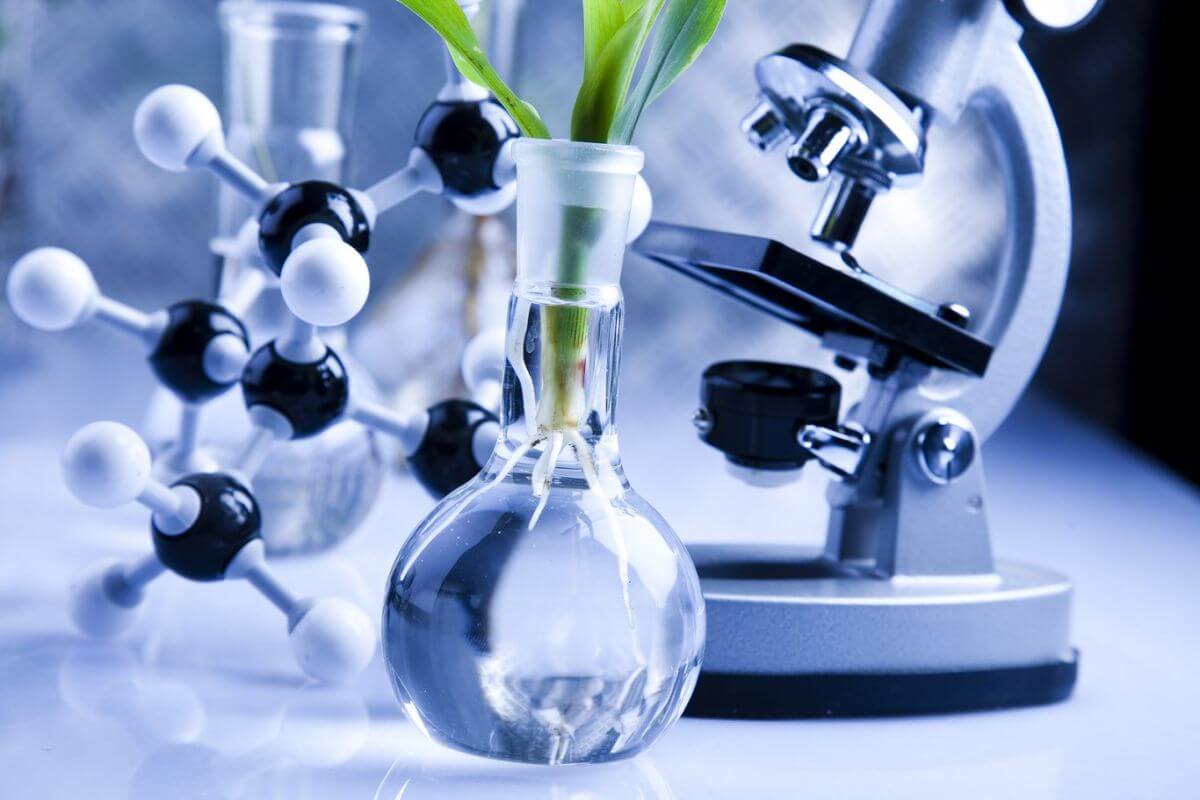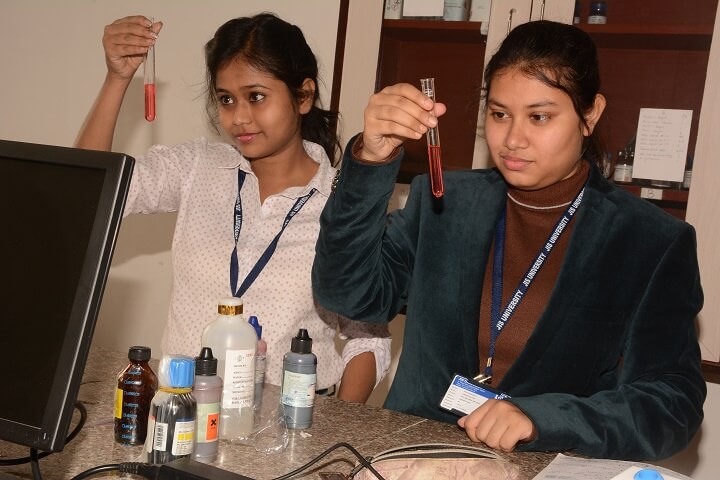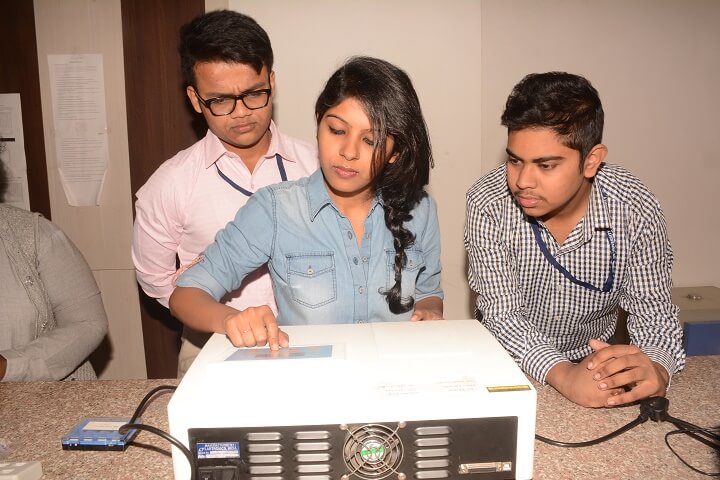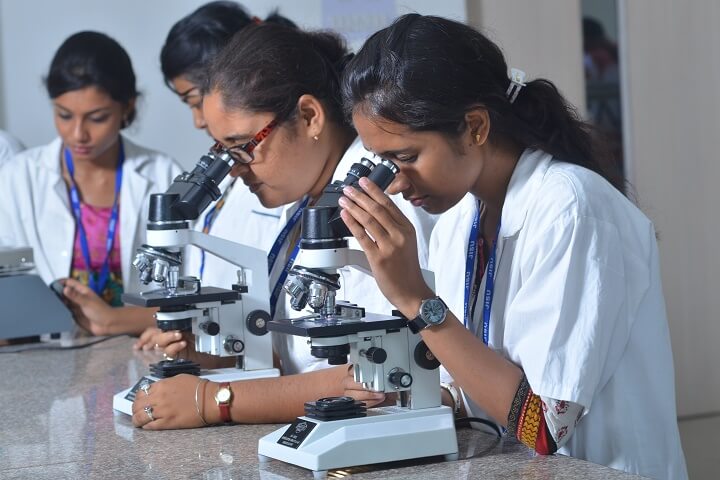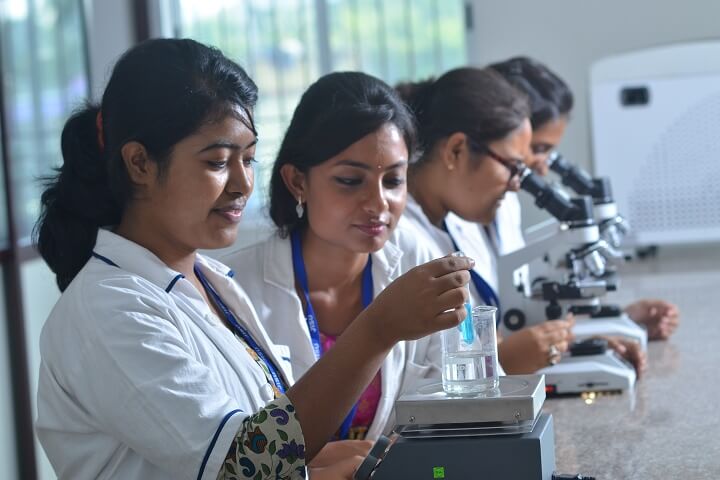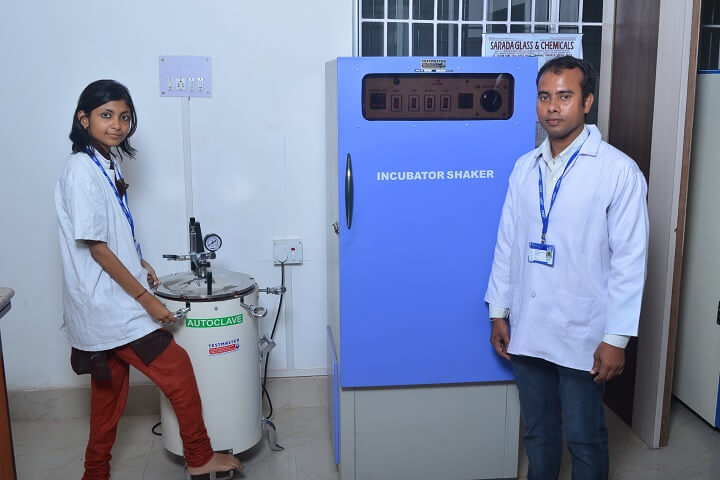Career opportunities for students in biotechnology are abound. Those specializing in different sub-disciplines of this field can easily find jobs in both private and government sector undertakings. If you have acquired a post-graduate degree in biotechnology then you can easily find a suitable position in a number of industries.
Major recruiters include industries engaged in processing and developing agricultural and biological products, bio-processing industries, pharmaceutical and chemical industries. There are ample opportunities in industries producing healthcare products, textile industry, cosmetics and organizations engaged in different types of industrial research and development. These days a growing number of qualified biotechnology professionals are engaged by different industries for environment protection activities and for the safe disposal of hazardous materials.
Students can also appear for NET/GATE/SET and become eligible for teaching post or opt for a research career at various renowned national laboratories like IISERs, IISc, IITs, CSIRs, IACS, BARC, DRDO, NTPC etc. Interested students may go to foreign universities for their research career or various jobs related to Biotechnology.
Our Recruiters
- Palson Derma
- Eskag Pharma
- GCC Biotech
- DCG Data Core
- Macleods Pharmaceuticals
- Ramky Enviro Engineers
- CIPLA
- ALEMBIC
- NESTLE
- WIPRO
- Vaastu Vihar Biotech
- Epsilon Learning
- Jubilant Foodworks
- Nerdy Turtlez
- PHARMAKRAFT



